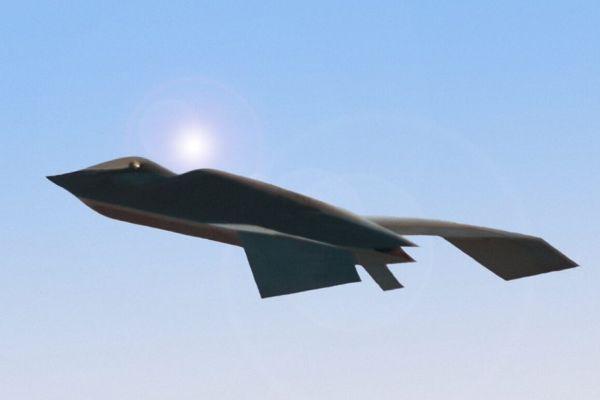 (Image: Bill Zuk, public domain)
(Image: Bill Zuk, public domain)
Popularised by the media during the 1950s, the term ‘flying saucer’ has become a synonym for ‘UFO’, associated with alien visitors and a mainstay of science fiction comics throughout the Cold War. But that doesn’t mean that aerospace companies never experimented with such designs.
One such example, the VZ-9 Avrocar, built by Avro Canada in 1958, sought to develop a supersonic, vertical takeoff and landing (VTOL) fighter-bomber. But in reality the design – for all its retro-futuristic coolness - was an abject failure that only reached an altitude of 3 feet and never exceeded more than 35 mph.
History

 (Image: Wmpearl; Bill Zuk; public domain)
(Image: Wmpearl; Bill Zuk; public domain)
Although initiated by the Canadian government in 1952, funding ceased when the project became too expensive. Avro Canada turned to the US Army and Air Force, which sought to develop the aircraft from 1958 in a top secret black project.
The design harnessed the exhaust from three turbojet engines to drive a circular ‘turborotor’. When directed downwards, the turbotrotor generated an air cushion, known as ‘ground effect’, enabling the aircraft to ‘float’ at low altitude. In turn, forcing thrust out the rear propelled the Avrocar into forward flight.
 (Image: Bill Zuk, public domain)
(Image: Bill Zuk, public domain)
Requirements differed for each branch of the military. The Army wanted a subsonic, all-terrain troop transport and reconnaissance aircraft, while the Air Force sought a VTOL jet that could hover below enemy radar and accelerate to supersonic speeds.
 (Image: Bill Zuk, public domain)
(Image: Bill Zuk, public domain)
Believing that a circular planform would meet both separate requirements, Avro Canada built two technology demonstrators to prove the concept. But tests determined that the Avrocar was unable to achieve supersonic flight, and the air cushion beneath the jet became unstable just a few feet off the ground.

 (Images: USAF (top, bottom), public domain)
(Images: USAF (top, bottom), public domain)
Flight tests effectively validated the results of wind tunnel results – that the Avrocar was aerodynamically unstable and displayed uncontrollable pitch and roll motions that engineers termed ‘hubcapping’.
 (Image: Bill Zuk, public domain)
(Image: Bill Zuk, public domain)
Unable to remedy these problems, the project was cancelled in 1961. Some of its technological innovations, however, such as the use of ducted fans, found their way into other experimental programmes.
Avrocar Today
 (Image: Alvintrusty, cc-sa-3.0)
(Image: Alvintrusty, cc-sa-3.0)
Two Avrocar proof-of-concept demonstrator aircraft were built. One is currently under restoration at the US Army Transportation Museum in Virginia. The second was donated to the National Air and Space Museum and spent 40 years collecting dust at its storage facility in Suitland, MD. It is now housed at the US Air Force Museum in Dayton, Ohio. A full scale replica can be seen at the Western Canada Aviation Museum in Winnipeg, Manitoba.
Get the latest news delivered straight to your inbox! Simply subscribe by RSS or email. You can also connect via Twitter and Facebook.



